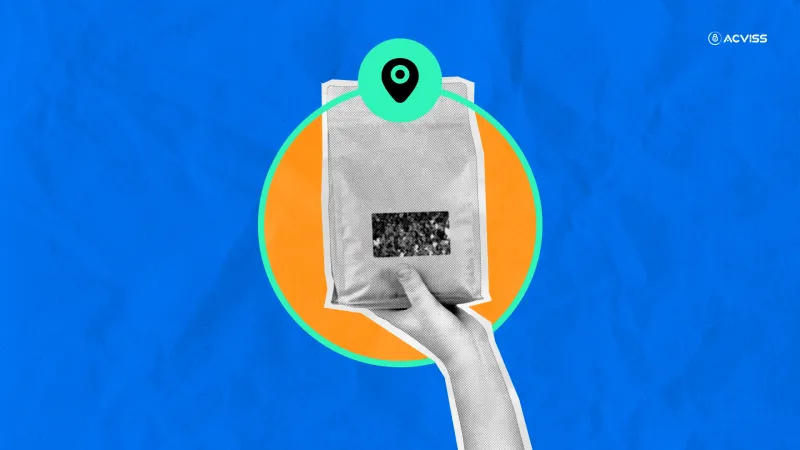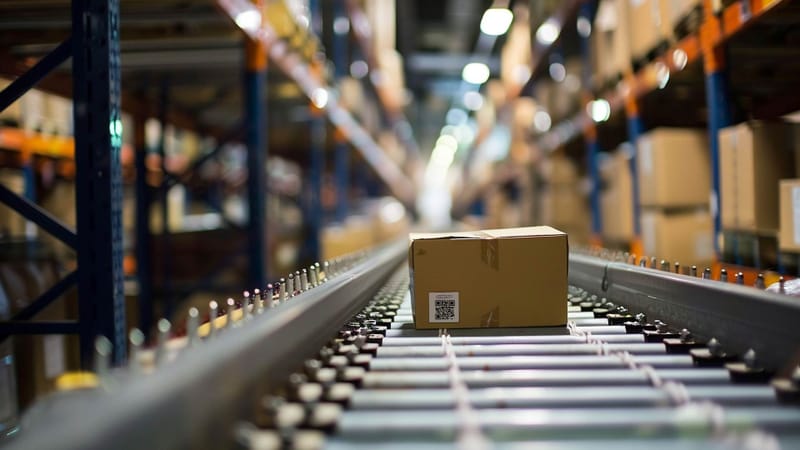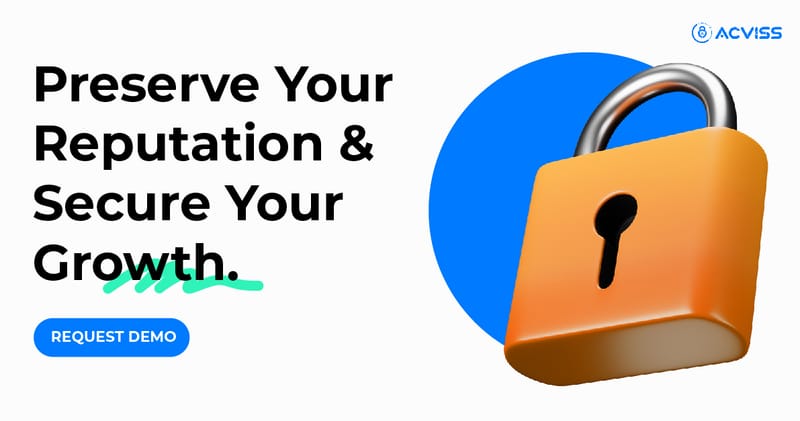Best Practices and Technologies to Ensure Product Traceability in Your Supply Chain

In an increasingly complex global supply chain, product traceability has become essential for businesses across industries. Ensuring traceability not only helps in complying with regulations but also enhances product safety, quality, and transparency. This blog will delve into best practices and technologies that ensure effective product traceability.
Importance of Traceability
- Regulatory Compliance: Many industries are subject to stringent regulations that require detailed traceability of products from origin to end consumer.
- Quality Assurance: Traceability helps in maintaining high standards of product quality and safety by enabling quick identification and correction of defects.
- Consumer Trust: Transparent supply chains build consumer trust and brand loyalty by assuring customers of product authenticity and safety.
Best Practices for Ensuring Product Traceability
Implementing Standardized Barcoding Systems
- GS1 Barcodes: Utilizing GS1 barcodes facilitates uniform and accurate identification of products across the supply chain. These standardized codes support global traceability efforts.
- Data Matrix Codes: These 2D barcodes are capable of storing large amounts of data, making them ideal for detailed product tracking.
Adopting Serialisation
- Unique Product Identifiers: Assigning unique serial numbers to individual product units enhances traceability by allowing precise tracking of each item through the supply chain.
- Batch and Lot Tracking: Serialisation at the batch or lot level helps in managing recalls and quality control processes efficiently.
Leveraging Blockchain Technology
- Immutable Records: Blockchain provides a secure and immutable ledger for recording every transaction and movement of a product. This ensures transparency and trust throughout the supply chain.
- Smart Contracts: Automating compliance and traceability checks using smart contracts reduces manual errors and increases efficiency.
Utilizing IoT and Smart Sensors
- Real-Time Monitoring: IoT devices equipped with smart sensors can monitor and report on product conditions in real-time, providing immediate insights into any issues.
- Automated Data Collection: IoT solutions automate the collection and transmission of traceability data, reducing the risk of human error and increasing data accuracy.
Implementing ERP and Supply Chain Management Systems
- Integrated Systems: Enterprise Resource Planning (ERP) and Supply Chain Management(SCM) systems integrate various functions and provide a unified view of the supply chain. This integration enhances traceability and operational efficiency.
- Data Analytics: Leveraging data analytics within ERP and SCM systems helps in identifying patterns, forecasting issues, and improving traceability processes.

Technologies Enhancing Product Traceability
RFID (Radio Frequency Identification)
- Tracking and Identification: RFID tags enable automatic identification and tracking of products without the need for line-of-sight scanning, improving efficiency and accuracy.
- Real-Time Inventory Management: RFID technology provides real-time data on inventory levels, locations, and movements, enhancing overall supply chain visibility.
QR Codes
- Customer Engagement: QR codes on products allow consumers to access detailed information about the product’s origin, ingredients, and journey through the supply chain.
- Easy Implementation: QR codes are easy to generate and implement, providing a cost-effective solution for enhancing traceability.
Cloud-Based Traceability Solutions
- Centralized Data Management: Cloud-based solutions offer centralized storage and management of traceability data, making it accessible from anywhere at any time.
- Scalability: These solutions are scalable, allowing businesses to expand their traceability efforts as they grow.
Must Read: Your Checklist to Avoid a Brand Ban in the EU Market
Case Studies and Industry Applications
Food and Beverage Industry
The implementation of blockchain and IoT in the food industry has significantly improved traceability, reducing instances of food fraud and contamination.
Pharmaceutical Industry
Serialisation and RFID technology have enhanced the ability to track and trace pharmaceutical products, ensuring compliance with regulations and preventing counterfeit drugs.
For Sustained Growth
Ensuring product traceability is crucial for regulatory compliance, quality assurance, and building consumer trust. Adopting standardized barcoding, serialisation, blockchain, IoT, and ERP systems, allows businesses to enhance their traceability efforts. Leveraging advanced technologies like RFID, QR codes, and cloud-based solutions further strengthens traceability and transparency in the supply chain.
If you are looking for someone to guide you through the anti-counterfeit solutions available, get in touch with us today. We, at Acviss have protected over 2 billion products, to over 80 brands globally. Our advanced anti-counterfeiting and brand protection solutions are always at your disposal. Reach out to us here to meet our experts and take your first step towards counterfeit-free market growth.
Frequently Asked Questions (FAQs)
1. How does product traceability benefit businesses beyond regulatory compliance?
Product traceability offers numerous benefits beyond meeting regulatory requirements. It enhances product safety and quality, helps in quickly identifying and correcting defects, and builds consumer trust by ensuring transparency and authenticity in the supply chain. These factors contribute to stronger brand loyalty and a competitive edge in the market.
2. What are the key differences between GS1 barcodes and Data Matrix codes?
GS1 barcodes are standardized codes used globally for uniform product identification, which supports traceability across the entire supply chain. Data Matrix codes, on the other hand, are 2D barcodes capable of storing larger amounts of data in a smaller space, making them ideal for detailed product tracking and management.
3. How does blockchain technology improve traceability in the supply chain?
Blockchain technology enhances traceability by providing an immutable and secure ledger that records every transaction and movement of a product. This ensures transparency and trust throughout the supply chain. Additionally, smart contracts can automate compliance checks and traceability processes, reducing manual errors and increasing efficiency.
4. In what ways do IoT and smart sensors contribute to real-time traceability?
IoT devices equipped with smart sensors enable real-time monitoring of product conditions, such as temperature, humidity, and location. This immediate insight helps in identifying and addressing issues promptly. Moreover, IoT solutions automate data collection and transmission, minimizing human error and improving data accuracy.
5. How can ERP and Supply Chain Management systems enhance traceability efforts?
ERP and Supply Chain Management systems integrate various functions within a business, providing a unified view of the supply chain. This integration improves traceability by enhancing operational efficiency and ensuring consistent data flow. Additionally, data analytics within these systems can identify patterns, forecast potential issues, and optimize traceability processes.
